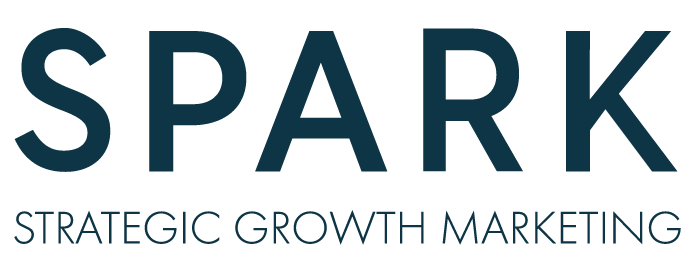In today’s digital landscape, businesses strive to maximise their online presence and generate revenue through their websites. To achieve this, they need to focus on Conversion Rate Optimization (CRO). This blog post will delve into the essence of CRO, its significance, and provide valuable insights on how to approach it effectively.
Understanding Conversion Rate Optimization
Conversion Rate Optimization is the process of enhancing a website’s performance by increasing the percentage of visitors who complete desired actions, such as making a purchase, subscribing to a newsletter, or filling out a contact form. Instead of solely focusing on attracting more traffic, CRO focuses on optimising existing traffic to convert them into valuable customers. It involves analysing user behaviour, understanding their preferences, and implementing data-driven strategies to improve conversion rates.
The Importance of Conversion Rate Optimization
Maximising ROI: By increasing conversion rates, businesses can generate more revenue from their existing website traffic, making the most of their marketing efforts and investments.
Improved User Experience: CRO aims to enhance the user experience by optimising website elements, reducing friction, and addressing pain points, resulting in higher customer satisfaction and loyalty.
Cost Efficiency: Rather than spending more on acquiring new visitors, CRO allows businesses to optimise their existing traffic, which can be more cost-effective and yield higher returns.
Competitive Advantage: By leveraging CRO techniques, businesses can gain an edge over their competitors, offering a seamless user experience that leads to higher conversion rates and customer retention.
Approaching Conversion Rate Optimization
Define Goals and Metrics: Clearly define your website’s goals and the key performance indicators (KPIs) that align with those goals. Identify the metrics that matter the most, such as conversion rates, bounce rates, average order value, or customer lifetime value.
Analyse User Behaviour: Utilise web analytics tools like Google Analytics to gain insights into user behavior. Analyze data such as traffic sources, landing pages, user flow, and behaviour flow to identify areas of improvement.
Conduct User Research: Conduct qualitative research through user surveys, interviews, or heat maps to understand users’ needs, pain points, and expectations. This data will guide your optimization efforts.
Develop Hypotheses: Based on the insights gained from user research and analytics, formulate hypotheses about potential areas for improvement. These could include redesigning the checkout process, streamlining the navigation, or optimising call-to-action buttons.
A/B Testing: Implement A/B testing to compare different variations of your website elements. Test different headlines, layouts, colour schemes, or button placements to determine which version performs better. Continuously refine and optimise based on the results.
Personalisation and Segmentation: Tailor your website experience to different segments of your audience by employing personalisation techniques. Show relevant content, offers, or product recommendations based on user preferences or past behaviour to enhance engagement and conversions.
Optimise the Conversion Funnel: Identify potential drop-off points in the conversion funnel and optimize each step accordingly. Streamline the user journey, minimise form fields, simplify the checkout process, and provide clear calls-to-action to encourage conversions.
Mobile Optimisation: With the increasing use of mobile devices, ensure your website is mobile-friendly and optimised for a seamless user experience across all devices. Mobile optimisation can significantly impact conversion rates.
Continuous Iteration: Conversion Rate Optimisation is an ongoing process. Monitor the performance of your optimisations, collect feedback, and iterate based on the results. Keep testing and refining to ensure sustained improvement.
Conclusion
Conversion Rate Optimization is a vital aspect of any digital marketing strategy. By focusing on optimizing existing website traffic, businesses can enhance user experience, increase conversion rates, and boost their bottom line. By adopting a data-driven approach, leveraging user insights, and continuously testing and refining strategies, businesses can unlock the full potential of their websites and achieve long-term success in the competitive online landscape.
Author
-

Russell has a passion for global strategy, innovation, and ideas that move the world forward. He has spent his career working with businesses in more than 30 countries, building programs that focus on growth and value innovation. Russell focuses his time working with business leaders to understand, challenge, and unlock the value they have for the world, using marketing and insights to help them reach their vision.
View all posts
